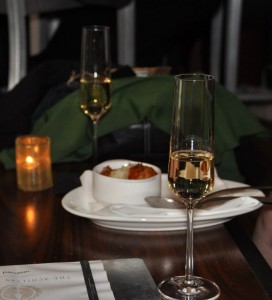 Folks have been coming by the shop with great gusto for warmer temps; and they have been seeking out red wines for the occasion! No, we're not just talking about "BBQ wines". We're talking about wines to sip and enjoy with or without a meal while you sit on your porch watching the sun go down.
Today I'm going to share some lesser known varietals or unique regional offerings (hybrids or blends) perfect for just such an occasion. Your mission, should you choose to accept it, is taking this list (or a modified version, as you see fit) to your local shop to see which offerings they have on offer. These are some cool wines to keep your summer fresh - but they aren't necessarily available at every shop. They are, no less, worth seeking out.
Folks have been coming by the shop with great gusto for warmer temps; and they have been seeking out red wines for the occasion! No, we're not just talking about "BBQ wines". We're talking about wines to sip and enjoy with or without a meal while you sit on your porch watching the sun go down.
Today I'm going to share some lesser known varietals or unique regional offerings (hybrids or blends) perfect for just such an occasion. Your mission, should you choose to accept it, is taking this list (or a modified version, as you see fit) to your local shop to see which offerings they have on offer. These are some cool wines to keep your summer fresh - but they aren't necessarily available at every shop. They are, no less, worth seeking out.
Zweigelt. Austrian fruity goodness. Some earth. Often a touch tart. Lively. A hybrid of St.-Laurent and Blaufrankish.
Dole. A Swiss wine, which blends Pinot Noir and Gamay. Fresh, ripe redberry fruits and cherries. Distinct in its own right, it has a unique identity I think many palates will embrace.
Dornfelder. Some argue this is the new "hottness" out of Germany. Another red berry-fruited wonder, but with a great spice. Terrifically light on its feet - without ever leaving planet Earth.
Gamay. Low tannin, light style red. Very fruity and THE grape in Beaujolais red wines. Seek out Beaujolais Villages offerings to get a bit more depth in your glass (aka a dash of Burgundian earthiness).
Lambrusco. An Italian, frizzante style wine. Vinified sweet and dry - so ask to accommodate your taste or intentions. A lovely spectrum of depth and redberry fruit flavors on the market.
Some of these may be familiar to you as we've bantered about several in the past. But I've been known to get stuck in traditional ruts when on a mission for an aperitif or a lighter style red to accompany a meal on a hot day. So, go on! It's a big bad world of refreshing RED wine out there. Remember these options and... experiment!
What other reds do you like on a hot day? There are several more out there... please chime in!
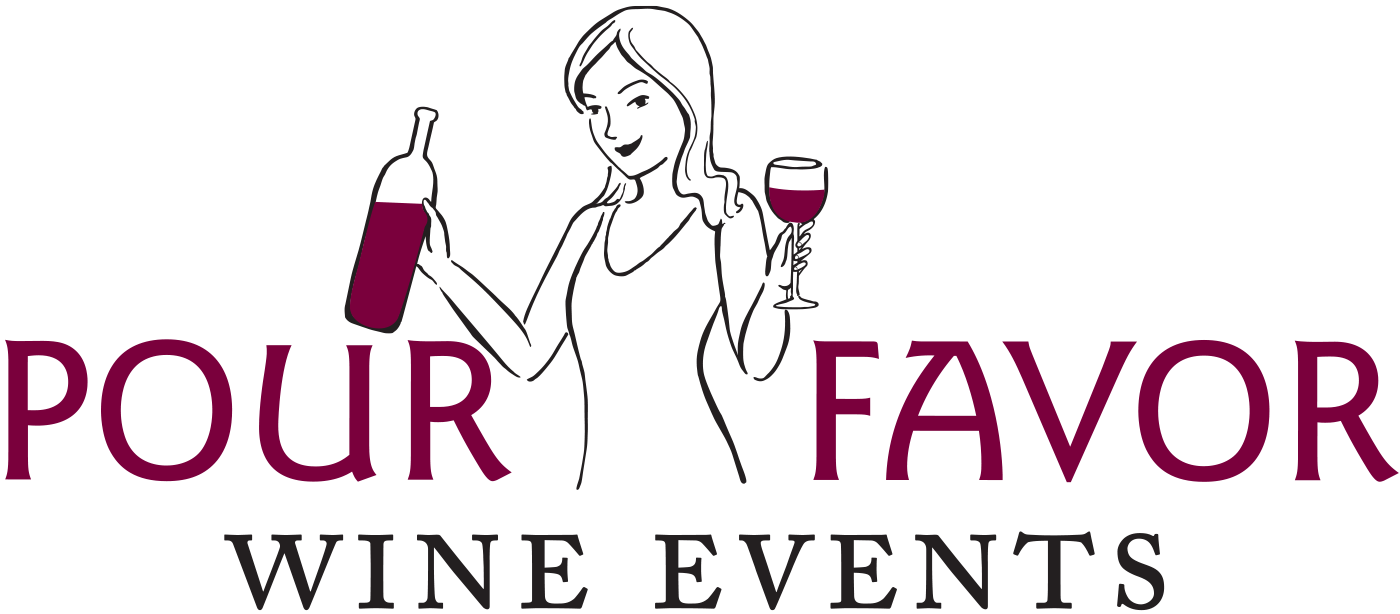

 This just in: if you like Toasted Head Chardonnay, take note!
This just in: if you like Toasted Head Chardonnay, take note! 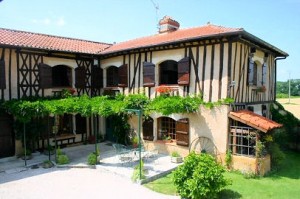 Every time a wine from Gascony, France comes across the tasting table, Disney's Beauty and the Beast comes to mind. I have no idea why. I've never even been to
Every time a wine from Gascony, France comes across the tasting table, Disney's Beauty and the Beast comes to mind. I have no idea why. I've never even been to  Graduation season is in full swing throughout the country. No doubt corks are flying as years of hard work are celebrated and new adventures anticipated. But what to do with left over bubbly?
We often think of sparkling wine as a special commodity not for everyday buying. So when purchasing a bottle (whether actual Champagne, a domestic effort or some other country's fine offering) we are remiss to waste it. But we all know sparkling doesn't hold up so well overnight. The wine simply cannot deliver the same experience on Day 2. Or can it?
Graduation season is in full swing throughout the country. No doubt corks are flying as years of hard work are celebrated and new adventures anticipated. But what to do with left over bubbly?
We often think of sparkling wine as a special commodity not for everyday buying. So when purchasing a bottle (whether actual Champagne, a domestic effort or some other country's fine offering) we are remiss to waste it. But we all know sparkling doesn't hold up so well overnight. The wine simply cannot deliver the same experience on Day 2. Or can it?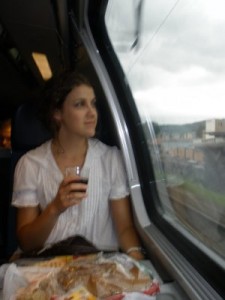 I tried to write a novel a few years ago. Unfortunately I discovered I don't have the patience to develop characters in that special way that sucks you in and devotes you to their trials and tribulations and celebrations as if they were your real-life friends. Any wine writer who can do that to me is Prime Rib, or perhaps more appropriately, a glass of truly tremendous Growers Champagne.
I've had the uncommon pleasure of "drinking" my Growers Champagne, if you will, at the pen of two different writers, given two very different wine context in the last week and a half alone.
I tried to write a novel a few years ago. Unfortunately I discovered I don't have the patience to develop characters in that special way that sucks you in and devotes you to their trials and tribulations and celebrations as if they were your real-life friends. Any wine writer who can do that to me is Prime Rib, or perhaps more appropriately, a glass of truly tremendous Growers Champagne.
I've had the uncommon pleasure of "drinking" my Growers Champagne, if you will, at the pen of two different writers, given two very different wine context in the last week and a half alone.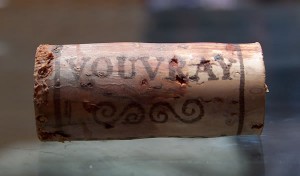 Requests for Sauvignon Blanc recommendations have been coming pretty steadily as the temperatures have gotten warmer this spring. What I rarely hear a request for is Chenin Blanc. Sure, I get a request for Vouvray, a French village known for Chenin Blanc among those who "know", but Chenin seems more often overlooked by white wine seekers. Here's the 411 on this great grape:
Recently I argued
Requests for Sauvignon Blanc recommendations have been coming pretty steadily as the temperatures have gotten warmer this spring. What I rarely hear a request for is Chenin Blanc. Sure, I get a request for Vouvray, a French village known for Chenin Blanc among those who "know", but Chenin seems more often overlooked by white wine seekers. Here's the 411 on this great grape:
Recently I argued 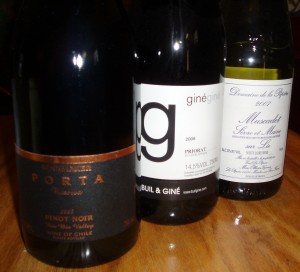 I can hardly believe it's already the second Monday in May - and time to unleash this month's
I can hardly believe it's already the second Monday in May - and time to unleash this month's 
 Ok. Bad joke. (I can't take full credit as one of my best friends, fellow foodie and wine lover actually fed it to me.) What can I say? Sometimes a little levity is needed!And it was Cinco de Mayo yesterday....
Ok. Bad joke. (I can't take full credit as one of my best friends, fellow foodie and wine lover actually fed it to me.) What can I say? Sometimes a little levity is needed!And it was Cinco de Mayo yesterday....
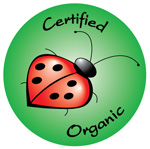 The market for organic produce has really picked up steam in the last few years. Consumers looking for organic wines, however, are often confused by what the labels really mean - and the deal with sulfites, for that matter.
Yeah, it's true, there are different laws and standards depending which country is producing the wine. But at the end of the day you can break things down pretty simply. Head over to
The market for organic produce has really picked up steam in the last few years. Consumers looking for organic wines, however, are often confused by what the labels really mean - and the deal with sulfites, for that matter.
Yeah, it's true, there are different laws and standards depending which country is producing the wine. But at the end of the day you can break things down pretty simply. Head over to